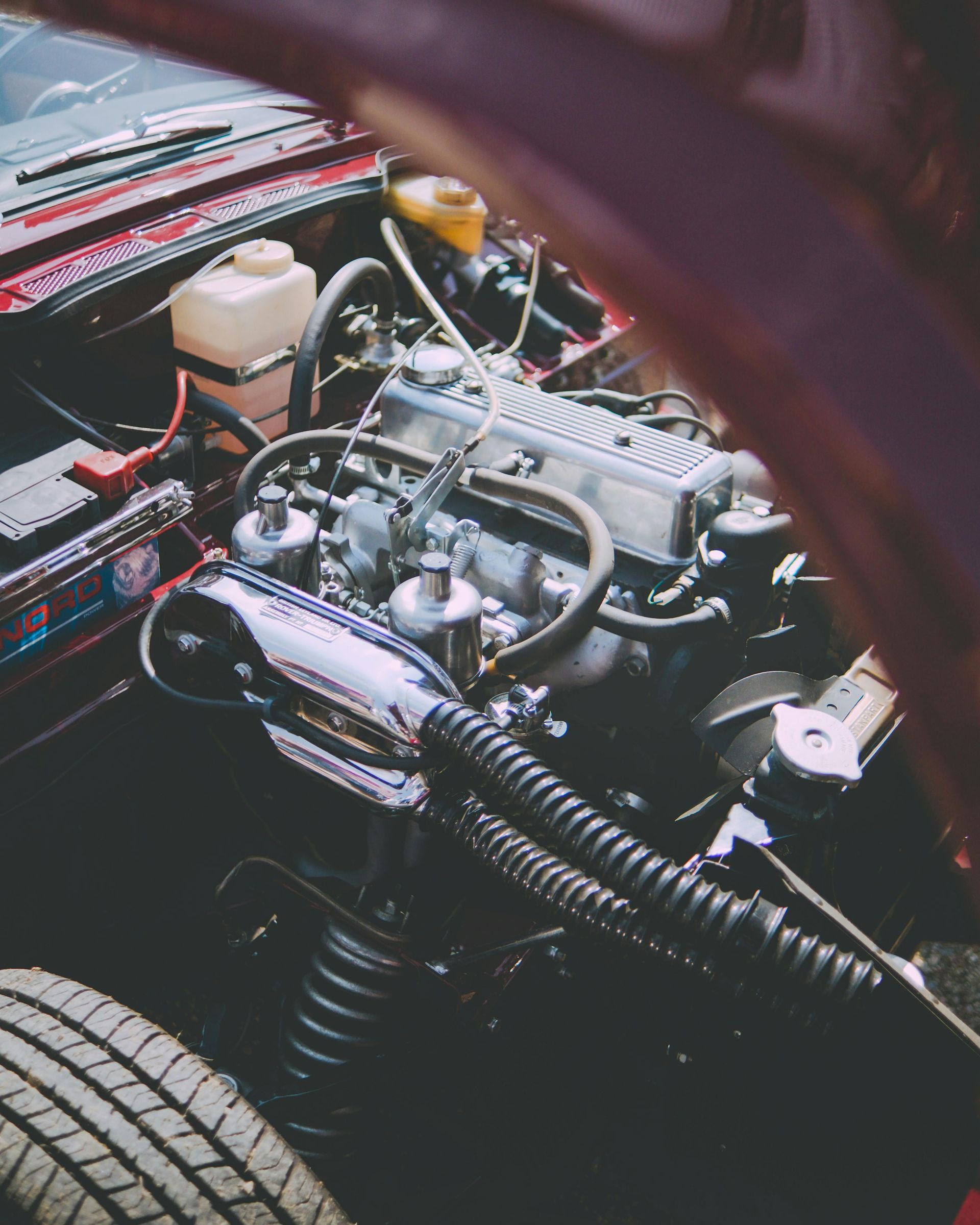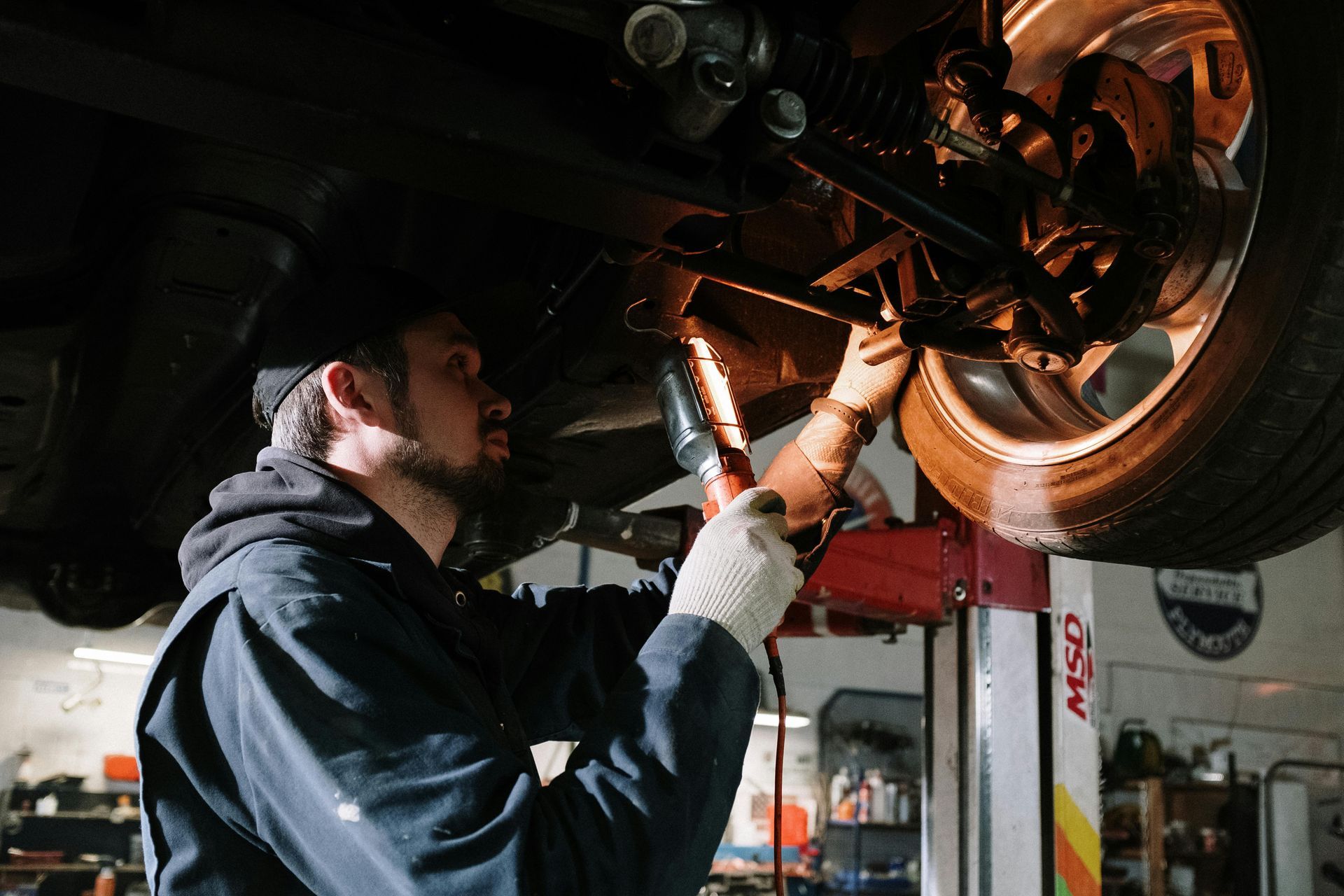Continuously Variable Transmissions (CVTs) have become increasingly common in many Asian import vehicles. Known for their fuel efficiency and smooth acceleration, CVTs offer a different driving experience than traditional automatic transmissions.
However, they also come with unique challenges and maintenance needs that import car owners in Nashville should understand.
What Is a CVT Transmission?
Unlike a conventional automatic transmission with fixed gear ratios, a CVT uses a belt-and-pulley system to deliver seamless power at all speeds. This allows the engine to run at its most efficient RPM for a given driving condition, which can enhance fuel economy and reduce emissions.
CVTs are commonly found in imported brands like:
- Acura
- Honda
- Hyundai
- Infiniti
- Kia
- Lexus
- Mitsubishi
- Nissan
- Subaru
- Toyota
Pros of CVT Transmissions
1. Improved Fuel Efficiency
CVTs keep the engine operating in its optimal range, often resulting in better gas mileage compared to traditional automatics.
2. Smoother Driving Experience
Because a CVT doesn't shift gears, the ride feels smoother and more consistent, with no noticeable gear changes or lag.
3. Better Performance in City Driving
CVTs excel in stop-and-go traffic by delivering power efficiently and without the need to shift, making them ideal for urban commuters.
CVT Transmission Problems
1. Unusual Driving Feel
Some drivers find CVTs unnatural at first. The constant RPM during acceleration can feel like the engine is "revving" too much, even though it’s operating as designed.
2. Higher Repair Costs
CVTs are more complex and less familiar to many general repair shops. When problems arise, repairs can be more expensive than with traditional transmissions.
3. Shorter Lifespan If Not Properly Maintained
While some CVTs last a long time, they can be more sensitive to maintenance neglect. Skipping CVT transmission fluid changes or using the wrong type of fluid can significantly shorten the lifespan of your transmission.
CVT Maintenance Tips for Import Owners
1. Regular Fluid Changes Are Critical
CVT fluid wears out over time and can become contaminated. Most manufacturers recommend changing CVT transmission fluid every 30,000 to 60,000 miles. Always use the exact type specified by your vehicle's manufacturer.
2. Don’t Ignore Warning Signs
Watch for symptoms like slipping, jerking, whining noises, or delayed acceleration. These could indicate CVT issues and should be addressed promptly.
3. Keep Up with Routine Inspections
During regular service visits, have your mechanic check for leaks, fluid condition, and software updates that may improve transmission performance.
4. Use a Trusted Import Specialist
CVTs require specific diagnostic tools and repair knowledge. At Import Specialty Service, our Nashville-based team specializes in Asian and European imports. We understand the intricacies of CVT systems and provide the expert care needed to extend your transmission’s life.
New Technology Means a New Approach to Maintenance
CVTs offer great benefits in fuel economy and smooth driving, but they also demand precise care and regular maintenance.
Whether you love or hate CVTs, this technology is becoming more and more common in your favorite imported brands—and with that comes new maintenance needs.
If you drive an import with a CVT, staying on top of service is key to avoiding expensive repairs.
Unsure if you have a CVT? Need an inspection or fluid change? Schedule an appointment at Import Specialty Service today, and let us put together a custom maintenance plan for your transmission.










